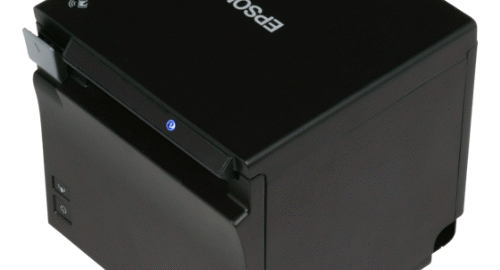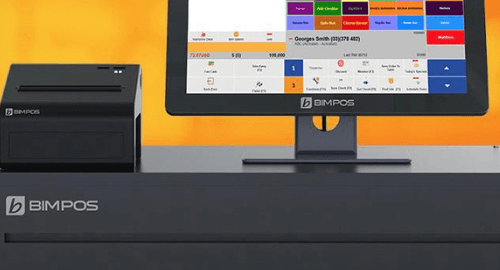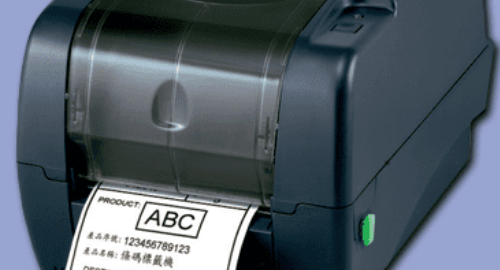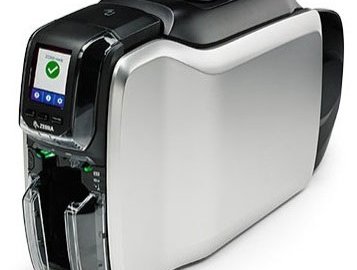
Setting up your Point of Sale (POS) system to handle discounts and offers is essential for running effective promotions, driving sales, and enhancing customer satisfaction. Whether you’re planning seasonal sales, loyalty rewards, or special discounts, your POS system can help you manage these offers efficiently.
Here’s a step-by-step guide on how to set up your POS system for discounts and offers:
1. Understand Your POS Capabilities
- Before setting up discounts, familiarize yourself with the features and capabilities of your POS system. Most modern POS systems offer a range of tools for creating and managing discounts, such as percentage-based discounts, fixed-amount discounts, BOGO (Buy One, Get One), and tiered pricing. Understanding these features will help you design the most effective promotions for your business.
2. Determine the Type of Discount or Offer
- Decide on the type of discount or offer you want to implement. Common options include:
- Percentage Discount: A discount based on a percentage of the total sale (e.g., 10% off).
- Fixed Amount Discount: A specific dollar amount taken off the total (e.g., $5 off).
- BOGO (Buy One, Get One): Offers such as “Buy one, get one free” or “Buy two, get one 50% off.”
- Bundle Deals: Discounts applied when multiple items are purchased together.
- Loyalty Discounts: Special offers for repeat customers or loyalty program members.
3. Create Discount Rules in Your POS System
- Access the promotions or discounts section of your POS system. This is where you’ll create the rules for your discount or offer. You’ll typically need to specify:
- Discount Type: Choose the type of discount from the options available.
- Discount Value: Enter the percentage or fixed amount of the discount.
- Applicable Items: Select the specific products or categories the discount applies to.
- Eligibility Criteria: Set any conditions for the discount, such as minimum purchase amount, customer group, or time frame.
- Start and End Dates: Schedule the duration of the offer, specifying when it begins and ends.
4. Test the Discount Setup
- Before going live, test the discount to ensure it applies correctly during transactions. Create sample transactions that meet the criteria for the discount and verify that the correct amount is deducted. This step helps prevent errors and ensures a smooth experience for both staff and customers.
5. Automate Discounts Where Possible
- Use your POS system’s automation features to apply discounts automatically when the conditions are met. This reduces the likelihood of human error at checkout and speeds up the transaction process. Automation is particularly useful for complex offers, such as tiered discounts or time-limited promotions.
6. Train Your Staff
- Ensure your staff is trained on how to apply and manage discounts using the POS system. They should understand the types of discounts available, how to process them during a sale, and how to troubleshoot any issues that may arise. Providing clear instructions and conducting hands-on training sessions can improve efficiency and customer satisfaction.
7. Monitor and Adjust Discounts in Real-Time
- Once the discount is live, use your POS system’s reporting features to monitor its performance. Track metrics such as sales volume, average transaction value, and customer redemption rates. If necessary, adjust the discount parameters in real-time to optimize results, such as extending the offer duration or tweaking the discount amount.
8. Integrate with Other Marketing Channels
- If your POS system supports integration with other marketing tools, such as email campaigns or loyalty programs, leverage this feature to promote your discounts. For example, you can automatically send out promotional emails to customers informing them of upcoming sales or special offers. This integration ensures a cohesive marketing strategy and maximizes the reach of your discounts.
9. Evaluate the Success of Your Discounts
- After the promotion ends, evaluate its success by analyzing the data collected by your POS system. Look at key performance indicators (KPIs) such as total revenue generated, the number of items sold under the discount, and the impact on customer retention. Use these insights to refine your approach for future promotions.
Conclusion
Setting up your POS system for discounts and offers is a straightforward process that can have a significant impact on your sales and customer engagement. By understanding your POS system’s capabilities, creating well-defined discount rules, automating processes, and training your staff, you can ensure that your promotions run smoothly and effectively. Regularly monitor and evaluate your discounts to continuously improve your promotional strategies and achieve better results with each campaign.












